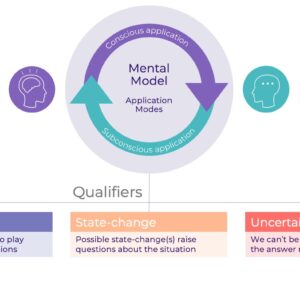How You Will Benefit
Imagine this scenario: a panel of developers for a tech company meet to design a big product for the upcoming year. Although there are a dozen people in the room, the conversation is driven by eight top individuals, who are focused on updating software programs. Four others in the room have ideas about developing hardware instead, but think their ideas will not be well-received given the consensus. This is a culture whose innovation has become too focused in one area, determined by a minority of individuals.
Often, a lack of innovation is less due to having unimaginative individuals, and more to do with and organization not tapping into all of its employee’s potential. After studying innovation among 759 companies based in 17 major markets, researchers Gerard J. Tellis, Jaideep C. Prabhu and Rajesh K. Chandy found that corporate culture was a much more important driver of radical innovation than labor, capital, government or national culture. The study showed that only 9% of the estimated 1.5 million for-profit companies examined were active product innovators!
This course is designed to help organizations reshape their thinking on innovation. This course will teach you to understand different elements of creativity, how to build ideas in a group, how to let innovation flow without directives, and how to draw out creative ideas from new sources.






